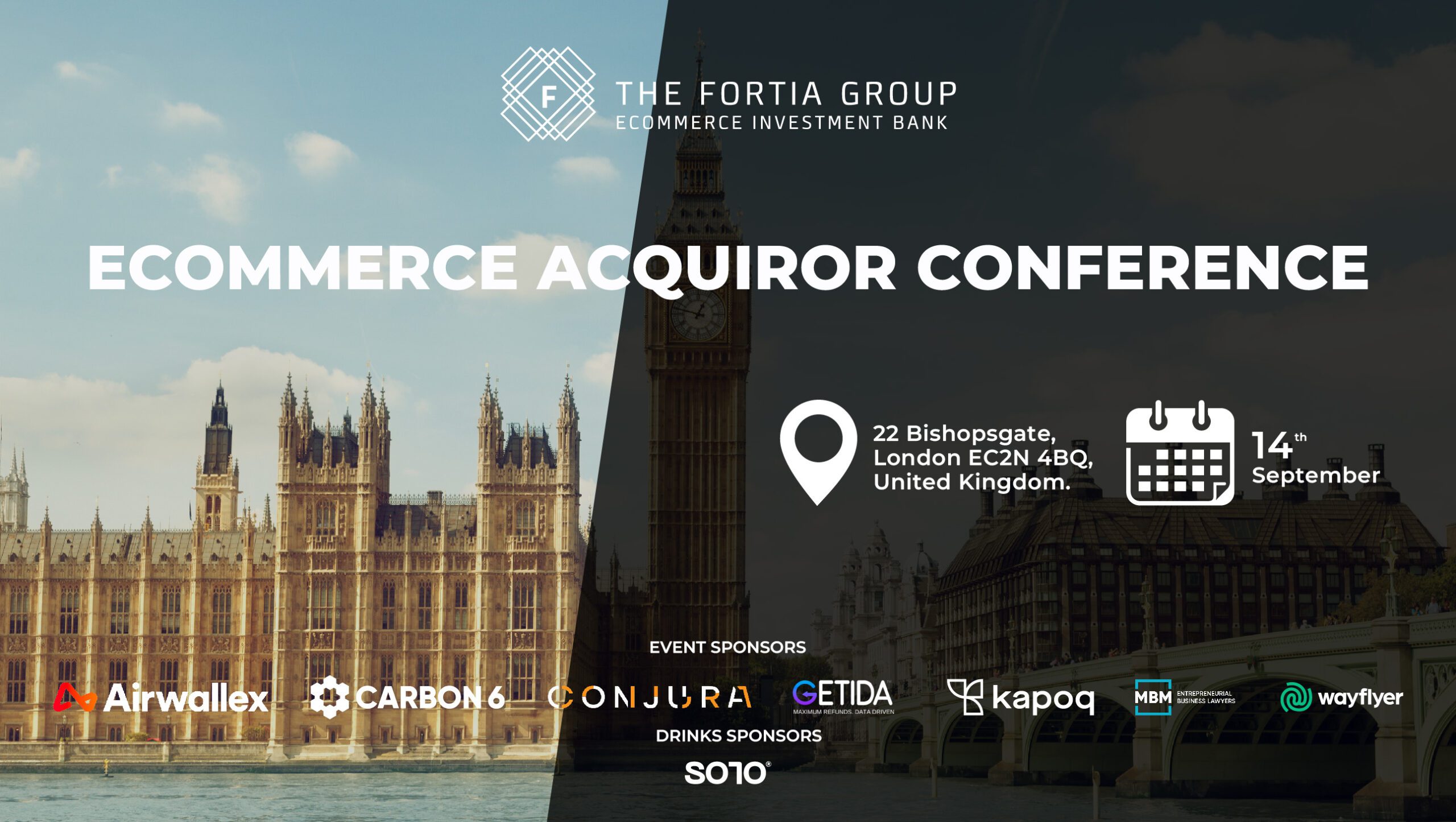Will the Data & AI Industry Continue to Consolidate?
The question of whether mergers and acquisitions (M&A) will continue in the Data & AI sector is one that many investors and stakeholders are pondering. Recent trends show significant consolidation in the industry, with a range of partnerships, acquisitions, and mergers taking place. These include companies merging within the same data domain, expanding across related areas, and large corporations acquiring niche capabilities. The following article is based on excerpts from The Data Source article, you can find a link to this article at the bottom of this blog.
M&A Activity and Market Dynamics
Over the past few quarters, we’ve seen a surge in high-profile deals. This includes cross-border partnerships, large companies seeking specialized data capabilities, and acquisitions of smaller, innovative players by industry giants. This trend is reshaping the landscape, and numerous industry experts have shared insights on this consolidation process, which can be monitored through newsletters and corporate actions databases.
Here are a few resources to track these developments:
- Dan Entrup’s It’s Pronounced Data newsletter, which provides weekly updates on M&A activity.
- Alex Boden’s Asymmetrix, which profiles companies involved in data sector M&A.
- Matt Ober’s Rollup Newsletter, which offers insight into the latest M&A trends.
There are also reports of market exits, where datasets are no longer offered, representing a more subtle form of industry consolidation.
Understanding the Drivers of Consolidation
To grasp why this consolidation is occurring and predict what’s next, we can apply analytical frameworks such as Porter’s Five Forces. This model helps assess industry competition and profitability by analyzing competitive rivalry, the bargaining power of buyers and suppliers, the threat of new entrants, and the risk of substitutes.
However, for a more tailored analysis of the Data & AI industry, we need to adjust this framework slightly. Let’s focus particularly on the bargaining power of buyers and suppliers, as well as the influence of external factors like regulation and technological innovation.
Adjusted Porter’s Five Forces for the Data & AI Industry
- Buyer’s Purchasing Power
Data buyers, particularly asset managers, are often constrained by budgets and the technical capacity required to process large datasets. Larger players can afford to invest in diverse datasets, focusing on returns rather than just cost. Smaller players, however, must be more selective.Buyers in the Data & AI sector often hold the upper hand due to the nature of data: its value is not always immediately clear to suppliers, and the switching costs between datasets are relatively low. The ability to adapt to changing datasets is crucial for survival in this space, and many buyers have learned to be agile.
- Supplier Pricing Power
On the flip side, suppliers face increased pressure. The growing number of data providers, coupled with falling storage costs, has flooded the market. This limits pricing power, especially as many data products are high in fixed costs but low in differentiation. However, suppliers offering proprietary or highly specialized datasets that deliver clear returns (alpha generation) may still retain pricing leverage.
- Threat of New Entrants
New data vendors continue to enter the market, driven by the monetization of previously untapped corporate data (often referred to as “exhaust data”). However, while barriers to entry are low, barriers to sustainable profitability are much higher. Converting raw data into actionable insights is resource-intensive, and only the most innovative or cost-efficient entrants will succeed long-term.
- Competitive Rivalry
Competition is fierce. Established players benefit from economies of scale and scope, allowing them to undercut smaller competitors on price. This dynamic pushes smaller firms to either specialize in niche areas or seek acquisition by larger players.
- External Factors: Technology and Regulation
Technological advances, such as the rise of GPU-powered compute and AI, are reshaping demand. The sheer processing power now available means that data usage is set to skyrocket, potentially increasing demand and pricing power for data suppliers.At the same time, regulatory frameworks like GDPR and data protection laws could influence consolidation trends. As regulations evolve, some companies may be forced out of the market, while others may consolidate to comply with new legal requirements.
Consolidation Outlook: The Future of M&A in Data & AI
Looking ahead, we expect consolidation in the Data & AI industry to continue, with mergers, acquisitions, and partnerships likely to increase as companies look to scale, differentiate, and maintain competitive advantage.
Several factors could accelerate this trend:
- Increased demand for data due to advancements in AI and data analytics.
- Regulatory pressures, which may force smaller players to consolidate or exit the market.
- Economic factors, such as access to funding or overall market performance, which can drive consolidation as companies seek capital or strategic growth opportunities.
Monitoring Industry Trends
To track the ongoing consolidation in the Data & AI sector, several strategies can be employed:
- Monitor M&A activity via databases like Bloomberg, PitchBook, and Crunchbase.
- Analyze the popularity of data products using clickstream and search data.
- Track job postings in both data companies and asset managers, particularly roles related to data analytics.
- Observe patent applications related to data technologies to gauge innovation and market entry.
In conclusion, the Data & AI industry is poised for continued consolidation, driven by both internal industry dynamics and external factors like technological advancements and regulation. Investors and industry participants should remain vigilant in tracking these trends to stay ahead of the curve.


